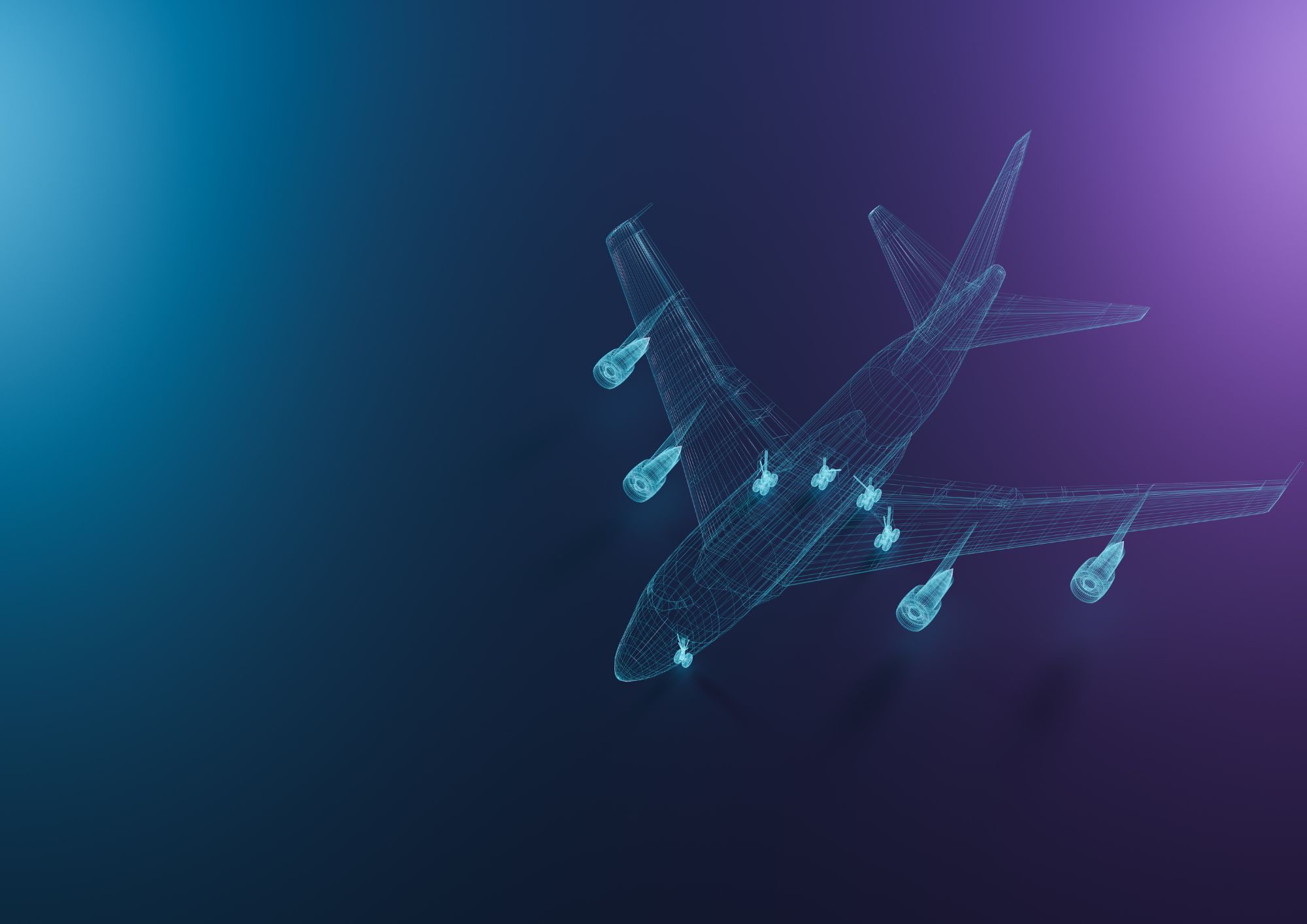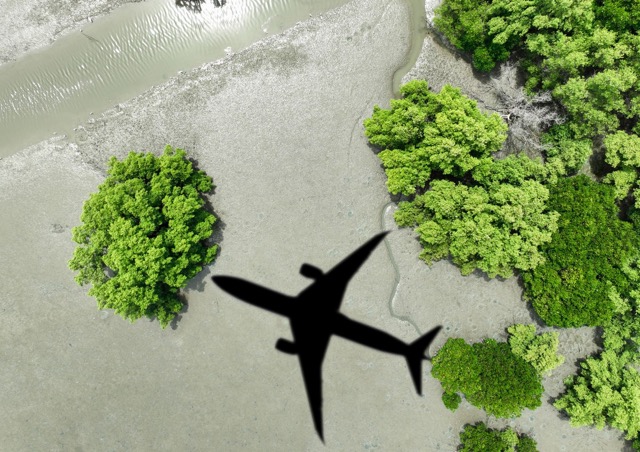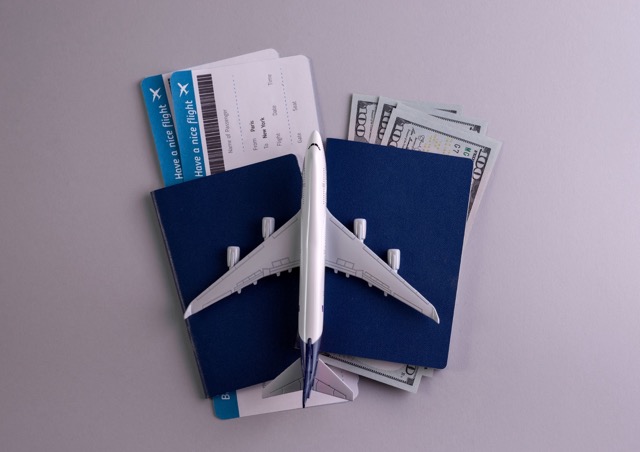Aviation faces its most important transformation as new trends reshape air travel in 2024. Airlines worldwide have increased their technology investments by 25% compared to previous years. They now focus on automation, passenger experience, and environmentally responsible operations. These changes affect how millions of passengers travel and how airlines manage their daily services.
The aviation sector continues to evolve through four major developments. Advanced digitalization, improved passenger services, stricter regulatory compliance, and innovative aircraft designs lead the technology trends. Airlines want to make air travel safer and more efficient while protecting the environment and meeting their customers’ expectations.
Digitalization and Automation in Aviation
The aviation sector is undergoing a major digital shift as airports and airlines make substantial investments in cutting-edge technologies. The industry’s commitment reflects in the numbers – IT spending reached $10.80 billion for airports and $34.5 billion for airlines in 2023. Most industry CIOs believe this upward trend will continue through 2024.
Contactless passenger experiences
Touchless technology now dominates the aviation industry to boost passenger safety and convenience. Modern airports use groundbreaking solutions that include:
- Facial recognition for smooth boarding
- Touchless body temperature detection
- Self-service bag drop systems
- Mobile-based ordering systems for airport services
Dubai Airport’s biometric system proves the success of these solutions. Their system has substantially reduced passenger clusters and optimized processing times.
Blockchain for secure data management
Blockchain technology has revolutionized aviation data security, aligning with key aviation trends focused on enhancing efficiency and safety. Major airports such as Heathrow and Zurich have adopted blockchain solutions, achieving remarkable results. These implementations have not only boosted productivity by 7% but have also reduced loading times by 28% and minimized human errors by up to 90%. As blockchain continues to shape these aviation trends, it underscores the industry’s shift toward more secure, streamlined, and technology-driven operations.

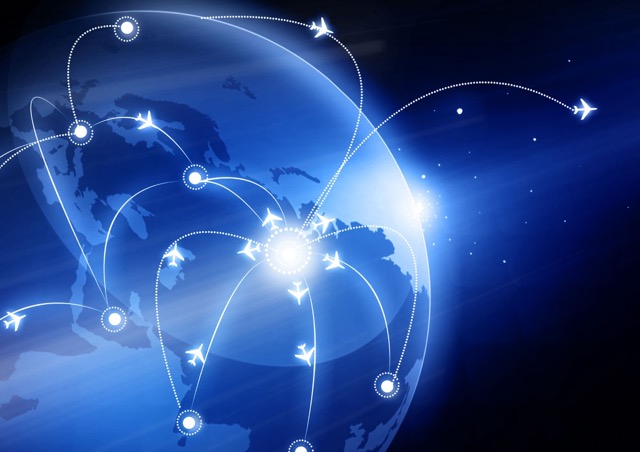
Robotic process automation in airline operations
Robotic Process Automation (RPA) transforms aviation operations through intelligent automation. Industry forecasts show that 90% of companies will implement RPA to boost their critical business processes by 2022. Airlines have achieved remarkable results by streamlining their operations from ticket management to customer service. The success metrics speak volumes:
- 30% reduction in baggage handling errors
- 20% decrease in customer service response times
- 50% faster invoice processing with 99% accuracy
Nine out of ten airline leaders now pursue digital initiatives that boost customer experience and help them stay competitive in the digital world.
Evolving Passenger Expectations and Experiences
Air travelers now demand connectivity and personalization as essential services. The market for in-flight entertainment and connectivity shows strong growth potential and will reach $11.65 billion by 2030 with a CAGR of 11.36%.

In-flight connectivity and entertainment advancements
Today’s travelers demand seamless connectivity, a shift reflecting modern aviation trends. Research shows that 82% of airline passengers prefer carriers with quality Wi-Fi, emphasizing the importance of in-flight connectivity in today’s market. In response, airlines have transformed traditional entertainment systems into dynamic platforms. For instance, Singapore Airlines has evolved its KrisWorld IFE system into an interactive retail interface, offering over 4,000 products. This trend highlights how airlines are adapting to meet passenger expectations, combining entertainment with onboard shopping and connectivity to enhance the overall travel experience.
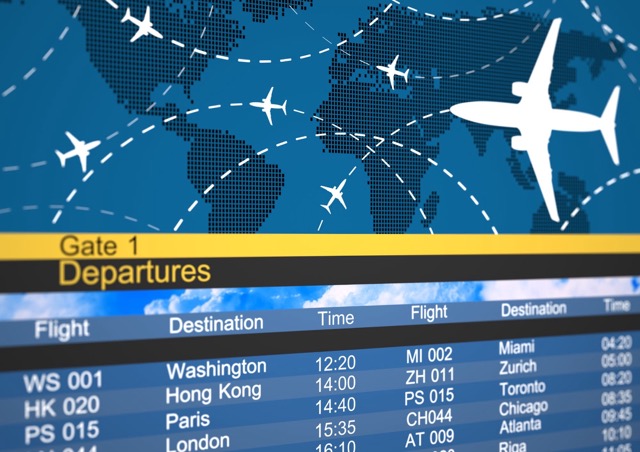


Customized services through AI and data analytics
Airlines exploit artificial intelligence to create tailored experiences during the trip. Qatar Airways employs AI to boost in-flight connectivity by analyzing usage patterns. The system pre-loads content based on customer priorities and provides:
- Customized entertainment recommendations
- Optimized bandwidth allocation
- Customized internet packages

Health and wellness focus in air travel
Among the aviation trends, wellness tourism sector continues to grow at a remarkable pace and will reach $1.30 trillion by 2025. Turkish Airlines leads the way with AI-driven wellness programs that offer tailored:
- Meal options based on dietary restrictions
- Sleep aid recommendations
- Customized in-flight exercises
- Adaptive cabin lighting systems
Passenger well-being has become a core focus that aligns with current aviation industry trends. Airlines now prioritize emotional health and stress management alongside physical comfort. Modern mood lighting systems sync with travelers’ circadian rhythms to curb jet lag, showcasing the industry’s steadfast dedication to complete passenger care.
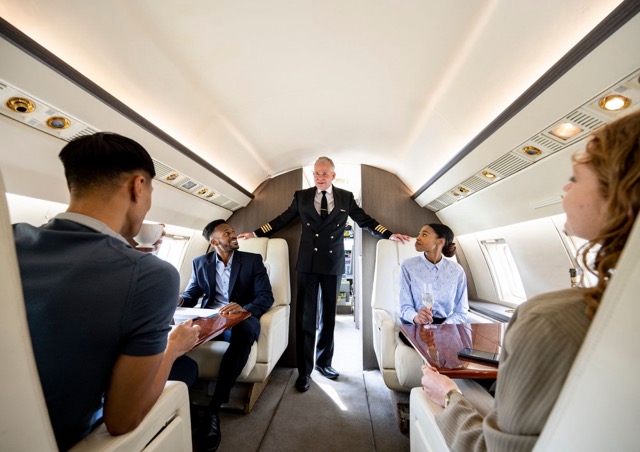
Regulatory Changes Shaping the Industry
The aviation industry’s regulatory landscape is experiencing its most important changes yet. The U.S. Department of Transportation has rolled out detailed regulations that affect passenger rights and environmental compliance throughout the sector.
Updated safety protocols post-pandemic
The Transportation Security Administration, 2 years old, has rolled out stronger safety protocols that require airlines to:
- Network segmentation policies for operational technology
- Continuous monitoring systems for cybersecurity threats
- Regular security patches and updates for critical systems
- Access control measures for critical cyber systems
These safety measures show results as [90% of airlines upgrading their safety management systems by 2024].
Emissions regulations and their effect
Environmental regulations continue to grow stricter. New standards require manufacturers to add fuel-efficient technologies to newly built planes after January 1, 2028. These regulations will create substantial changes:
| Timeline | Target |
|---|---|
| 2030 | 55% emissions reduction |
| 2050 | Carbon neutrality target |
Airlines will face higher operating costs as sustainable aviation fuel (SAF) requirements increase. Regulations now mandate [2% SAF blend by 2025, rising to 70% by 2050]. Carbon costs will likely rise and affect ticket prices.
Cybersecurity standards for aviation
The aviation industry now follows detailed cybersecurity protocols aligned with the International Civil Aviation Organization’s (ICAO) strategy. The framework covers seven key pillars:
- International cooperation
- Governance
- Effective legislation
- Cybersecurity policy
- Information sharing
- Incident management
- Capacity building
These standards have achieved [99.9% effectiveness in removing viruses, bacteria, and fungi through HEPA filters]. This success shows the industry’s dedication to technological security measures.
The Federal Aviation Administration’s Strategic Plan (FY 2022-2026) shapes today’s regulatory environment. The plan makes cybersecurity essential to safety, people, global leadership, and operational excellence. This represents one of the most important aviation industry trends, as [new airport projects must now implement cybersecurity protocols to be eligible for funding].
Emerging Technologies in Aircraft Design
Manufacturing technologies have revolutionized aircraft design, and new breakthroughs continue to drive remarkable advances in aerospace engineering. Digital fabrication has joined with advanced materials to create opportunities for building lighter and more efficient aircraft that were impossible to produce before.
3D-printed components and their benefits
Additive manufacturing has evolved beyond a prototyping tool and become a significant production technology in aerospace. The industry shows remarkable growth, with [the global additive manufacturing industry projected to reach $76.16 billion by 2030, with a CAGR of 20.8%]. 3D printing brings several advantages to aviation:
- Production costs decrease up to 90% in material consumption
- Component weights reduce by approximately 55%
- Faster development through rapid prototyping capabilities
- Spare parts manufacturing happens on demand
Advanced materials for lighter, more efficient aircraft
Innovative materials have transformed aircraft construction as composite materials and advanced alloys lead the way forward. [Boeing’s 787 Dreamliner achieved a 20% weight reduction, resulting in 10-12% improved fuel efficiency]. Modern aircraft employ a sophisticated mix of materials:
| Material Type | Key Benefits |
|---|---|
| Carbon Fiber Composites | 60x stronger than steel |
| Titanium Alloys | Temperature resistance up to 600°C |
| Metallic Microlattice | Ultra-lightweight structural support |
Next-generation propulsion systems
Aircraft propulsion technology has reached new heights with game-changing engine designs. The Pratt & Whitney Geared Turbofan (GTF) stands out as a prime example that [saves up to 20% fuel compared to older engines]. GTF-powered aircraft achieved remarkable results by June 2023 and saved more than 1.7 billion gallons of fuel and over 17 million tons of carbon emissions.
Manufacturers now expand into hybrid-electric solutions. These systems optimize gas turbine performance and use water vapor recovery technology. The results are impressive – [up to 80% lower NOx emissions and 35% reduced fuel consumption in future generation single-aisle aircraft].
Advanced materials and manufacturing processes are the foundations of modern aircraft design. Each kilogram reduced in aircraft weight [prevents 25 tons of carbon dioxide production during its lifetime]. These technological advances show how small changes can make a big difference for our environment.
Conclusion
The airline industry faces a defining moment in 2024 as technology reshapes air travel completely. Digital solutions have optimized operations and reduced errors by up to 90%. Passengers now enjoy individual-specific services and uninterrupted connectivity. The industry follows strict regulatory frameworks toward environmentally responsible goals through ambitious emission targets and advanced safety protocols. New manufacturing breakthroughs in 3D printing and composite materials have resulted in lighter, more efficient aircraft that use less fuel and create fewer emissions.
Air travel’s future looks promising with improvements in operational efficiency, passenger comfort, and environmental responsibility. Airlines that accept new ideas will stay at the vanguard of progress and meet customer expectations along with regulatory requirements effectively. Our expert team provides detailed support and solutions to organizations that need guidance with these transformative aviation technologies. These advancements will give future generations safer, cleaner, and more enjoyable air travel experiences.

